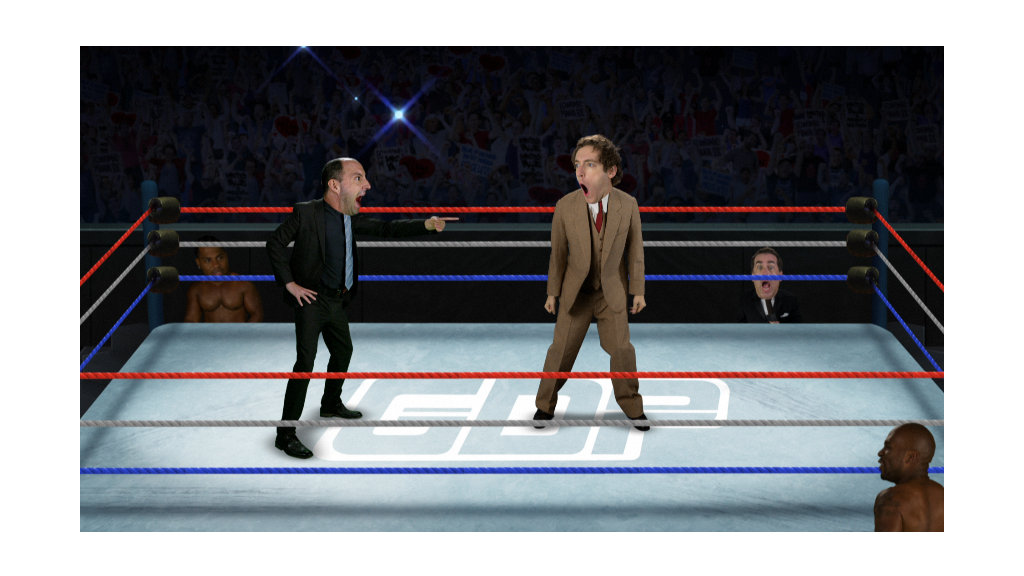
America's economy picked up some momentum this spring and summer, but it didn't wow.
It grew 2.3% between April and June compared to the same time a year ago, according to the Commerce Department's first estimate of gross domestic product, the broadest measure of economic activity.
Many experts were predicting a stronger number in the 2.5% to 3% range. Instead, America got a good -- but not great -- sign that the economy got its act together after a shaky start to 2015.
The question coming into Thursday was whether the economy's woeful performance between January and March was just due to cold weather or if there was a larger problem. Factors like a strong U.S. dollar -- which can hurt trade -- and a lack of consumer spending could hamper the economy for the entire year.
But those fears may be easing a bit. Americans actually picked up spending in the second quarter.
Related: Are Republicans becoming econ nerds?
The savings rate dipped in recent months while one measure of spending -- personal consumption expenditures -- rose. That's a healthy sign for the economy given that consumer spending makes up the majority of America's economic growth.

"The trend is certainly moving in the right direction," says Phil Orlando, chief equity strategist at Federated Investors. "We see the second half [economic growth] north of 3%."
Previous government estimates on economic growth between January and March showed the economy shrank. However, the Commerce Department introduced a new model Thursday for measuring economic growth, and it raised the first quarter growth figure to 0.6%.
Economic growth is extra important this year because America's central bank, the Federal Reserve, could raise its key interest rate as early as September for the first time in almost a decade.
But the Fed needs to see strong economic growth before its highly anticipated meeting in mid-September. It's unclear how much confidence Thursday's "okay" GDP report will give the Fed's committee members.
"It will allow the Fed to continue to be patient," says Myles Clouston, senior director at Nasdaq Advisory Services. But "it's still a solid number."


